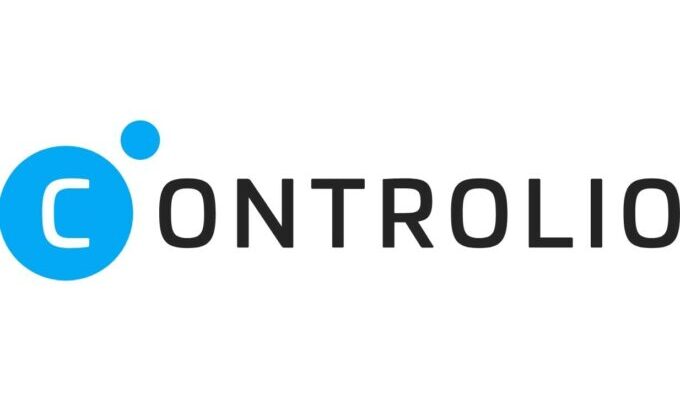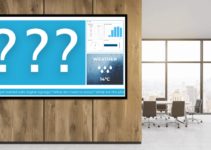In the wake of the COVID-19 pandemic, the global workforce witnessed an unprecedented shift to remote work. Consequently, a clandestine industry has quietly infiltrated our digital lives with workplace surveillance tools. As millions adapted to home offices, the demand for these tools soared.
Companies like Awareness Technologies reported a staggering 300% increase in their customer base within the first few weeks of the outbreak. This seismic shift has brought to light the invasive nature of these software solutions. The software is capable of logging every keystroke, taking screenshots, and even activating webcams without the knowledge of employees. Let’s talk about navigating workspace surveillance through softwares.
How to Monitor Computer Activity?
Monitoring computer activity is a multifaceted process that involves the utilization of specialized software and tools designed for this purpose. Employers seeking to oversee the productivity and behavior of their remote workforce can employ various strategies. One common approach is the use of comprehensive workplace surveillance tools, which offers multiple features to monitor every digital interaction on an employee’s computer.
Another method involves network-level monitoring, where administrators analyze data traffic on the organization’s network to gauge overall computer activity. Ultimately, the choice of how to monitor computer activity depends on the specific needs and ethical considerations of the employer.
What You Need to Know About Controlio?

Source: pcmag.com
It is sophisticated workplace surveillance software, belonging to the broader category known as bossware. This tool positions itself as a comprehensive solution for employers seeking to monitor and manage the activities of their remote workforce. With features such as activity monitoring, screenshots, keylogging, and the activation of webcams and microphones, it goes beyond conventional workplace surveillance tools.
It offers both visible and invisible monitoring options. It allows employers to track every digital move of their employees covertly. This tool’s capabilities extend to remote installation and administrative privileges, raising concerns about the potential misuse of its features.
In the context of ethical concerns surrounding workplace surveillance, the software operates within a gray area, where the balance between oversight and individual privacy becomes a focal point of discussion. As the landscape of remote work evolves,
Diverse Applications
The owners of the surveillance software vendors market their products for various purposes, ranging from time tracking and productivity monitoring to compliance with data protection laws and IP theft prevention.
While some use cases may be valid, such as securing sensitive data, many veer into the realm of excessive control over workers. These tools often function as punitive measures or as ammunition for potential legal battles, allowing employers to covertly gather evidence for lawsuits.
The software distinguishes itself with its advanced features and capabilities compared to others. Employers use it to gain access to a comprehensive suite of surveillance tools that go beyond the norm.
With remote installation options and the ability to function invisibly, it poses unique challenges for workers who may be completely unaware that they are under surveillance. Such features, though designed for monitoring workers, can easily be misused by employers, school officials, or even intimate partners.
Visible vs. Invisible Monitoring

Source: dataresolve.com
Some companies give workers the illusion of control by making the software visible and controllable. However, many opt for invisible monitoring, making it challenging for workers to detect and counteract the surveillance.
It is a prominent player in the competitive landscape of workplace surveillance tools. As a software solution, it positions itself as a comprehensive monitoring tool designed to assist employers in tracking and managing the activities of their remote workforce.
While the marketing rhetoric often emphasizes legitimate use cases such as time tracking and productivity enhancement, the tool’s capabilities extend into more intrusive realms.
- Activity Monitoring: The software excels in logging every facet of a user’s digital activity. From applications and websites to emails and social media interactions, it creates a detailed log for employers to scrutinize.
- Screenshots and Screen Recordings: This feature allows employers to take frequent screenshots or even record the entire screen, providing a visual timeline of an employee’s workday. The potential for misuse and invasion of privacy is palpable, as personal and professional activities intermingle.
- Keylogging: It goes beyond the norm by functioning as a keylogger. This means it captures every keystroke made by a user, including sensitive information like passwords and unsent emails, further blurring the line between work-related and personal data.
- Webcam and Microphone Activation: The monitoring software allows employers to remotely activate webcams and microphones on worker devices. This intrusion into the physical space around a worker’s device adds a layer of surveillance that raises significant ethical and privacy concerns.
- Invisible Monitoring: The software offers an invisible mode, making it challenging for users to detect or disable the monitoring software. This invisibility feature, while catering to employer preferences for covert monitoring, raises questions about the balance between oversight and individual privacy. Make sure to use the software maintaining industry guides.
Balancing Trust and Technology in the Digital Age

Source: fintechmagazine.com
In the modern, digital-first era, trust is the bedrock of any successful employee-employer relationship. Remote work has indeed brought about increased flexibility, but with the proliferation of sophisticated surveillance tools, there’s a growing sense of discomfort among employees. A fundamental question arises: At what point does the quest for productivity and security become an intrusion?
Transparency is key. Employees should be made aware of any monitoring tools being used, the extent of the surveillance, and the rationale behind it. In some jurisdictions, it’s even a legal requirement to inform employees if they are being monitored. Moreover, such tools should preferably be used to identify areas of improvement and provide support, rather than as punitive measures.
Companies should also establish clear boundaries. Personal time should remain private. Employees should feel secure knowing that while they might be monitored during work hours or when using company resources, their personal lives remain untouched.
It’s also crucial for employers to regularly reassess the need and utility of such software. Are they genuinely beneficial, or are they just sowing seeds of distrust? Engaging in open dialogues with employees, gathering feedback, and continuously evaluating the impact on morale and productivity can guide such decisions.
In the digital age, while technology will keep advancing, it’s the human touch, understanding, and mutual respect that will determine the success of the remote working paradigm. Emphasizing trust over surveillance can lead to a more motivated, loyal, and productive workforce.
Conclusion
According to recent surveys, over 60% of remote employees express discomfort with the level of surveillance they are subjected to, highlighting the human cost of invasive monitoring practices. The invasion of privacy and the erosion of trust in the remote work era are challenges that demand immediate attention.







